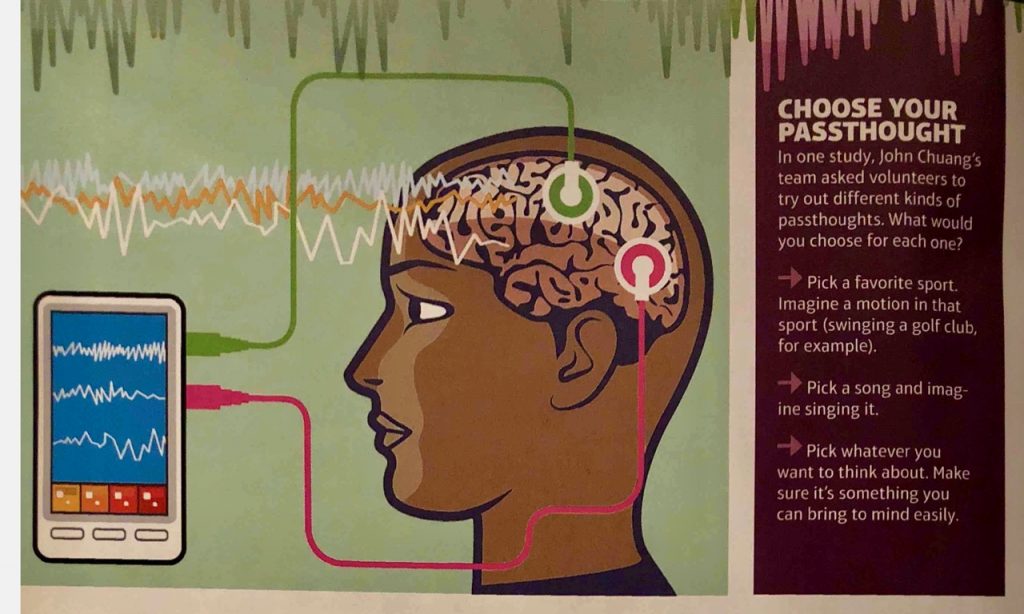My latest feature article for Science News for Students explores how the brain reads and how the process can go wrong, either as the result of dyslexia or a brain injury: Cool Jobs: Decoding how your brain ‘reads’
The idea for this story came out of an interview on a totally different topic. I had planned to include the idea of “passthoughts” in my story about brain waves and brain-computer interfaces: One day, computers may decode your dreams.
But the first draft of that story was way too long. I had to cut the section on passthoughts. But I had conducted two great interviews already with scientists working in this area. Was that work all for nothing? Of course not! I managed to turn both interviews into something new.
One of the scientists I spoke with, Sarah Laszlo, had mentioned during our conversation that her main area of research was into how the brain reads. She mentioned that she brought kids into her lab regularly to measure brain waves as they read. I thought this sounded super cool. But her research was still in progress. So I pitched the idea of a feature article about reading once her next paper was published.
Two years later, here is the story!
My other interview about passthoughts wasn’t wasted, either. Last year I saw that Muse magazine was planning an issue focused on cybersecurity. So I pitched an article on passthoughts. The editor asked me to write it at a 3rd to 4th grade reading level, which was a fun challenge. I interviewed John Chuang again, since it had been so long since our original talk. He had come out with a few new papers on the subject in the meantime.
The article, “Think Your Password,” came out in the March 2018 issue of Muse.



Amazing! I am also looking for these types of ideas that can create a real picture in your mind what are you thinking like that you spouse to drive a car on a hilly place and in your imaginations you are driving a car on the road besides hilly area.